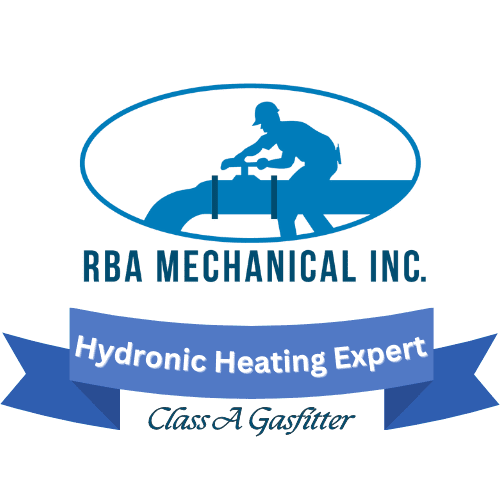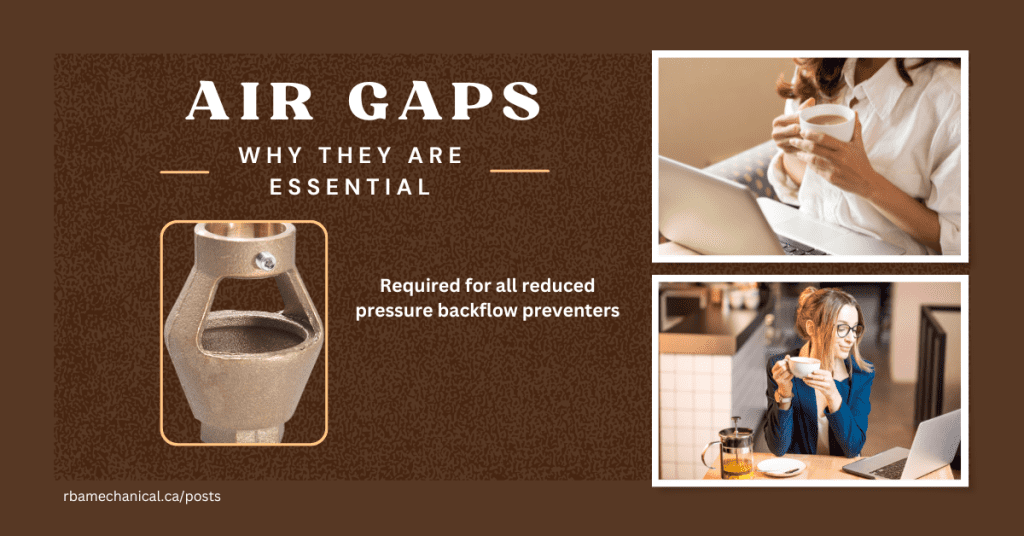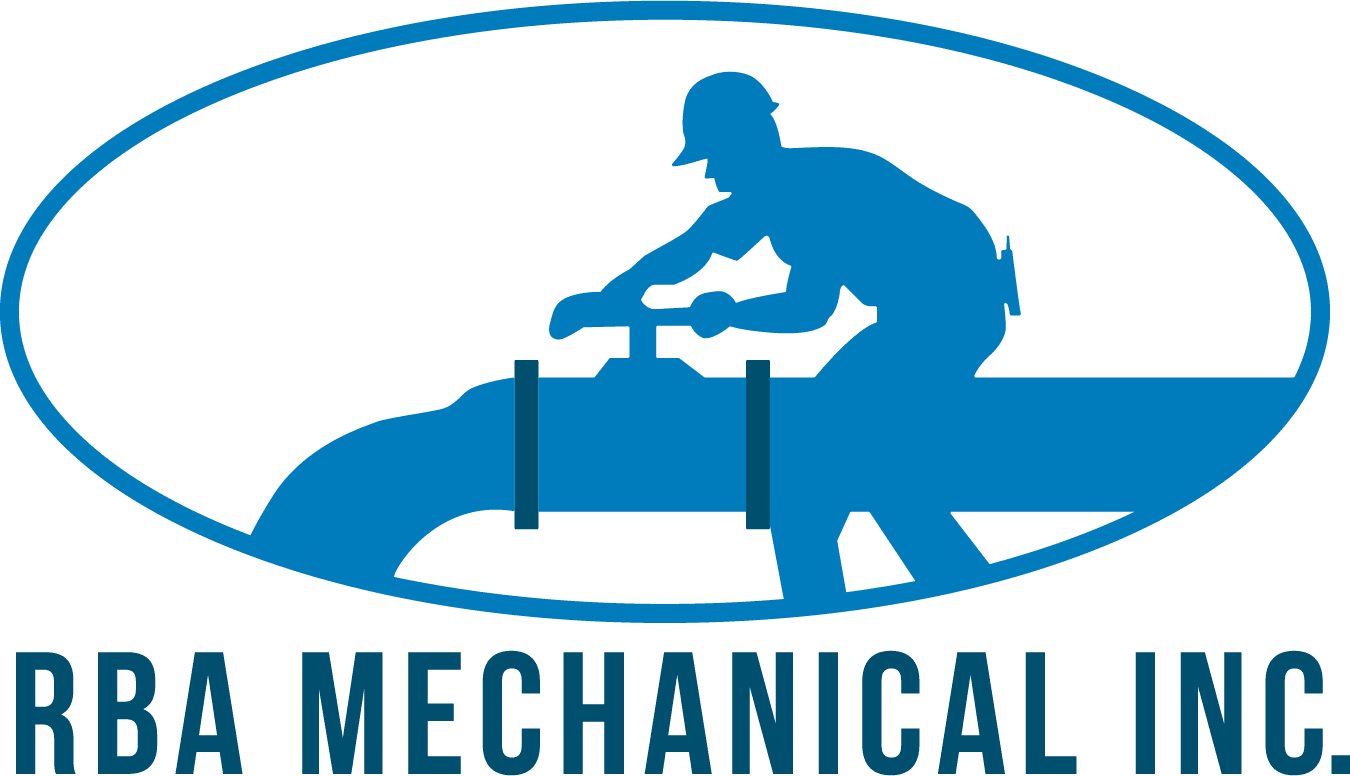Introduction to Reduced Pressure Backflow Preventers (RPBPs)
Backflow contamination can wreak havoc on our water supply, leading to serious health risks and costly damages. That’s where reduced pressure backflow preventers (RPBPs) come into play. These essential devices protect our drinking water from unwanted contaminants by keeping harmful substances at bay. But what makes them truly effective? The answer lies in a crucial feature known as the air gap. In this post, we’ll delve into the purpose of the air gap on RPBPs and explore how it plays a vital role in safeguarding our precious water resources. Whether you’re a building owner or a professional plumber, understanding this component is key to ensuring optimal performance and protection against backflow issues. Let’s dive deeper into this important topic!
Understanding the Air Gap
An air gap is a crucial feature in plumbing systems, particularly when it comes to backflow prevention. It refers to the physical space between the end of a water supply outlet and the flood level of a fixture. This gap acts as a safeguard against contamination.
When water flows from fixtures like sinks or bathtubs, any sudden changes in pressure can cause backflow. The air gap creates an unbridgeable barrier that prevents dirty water from siphoning back into clean drinking supplies.
This simple yet effective design relies on gravity and atmospheric pressure. By maintaining this distance, you ensure that harmful substances cannot reverse their course into potable water sources.
Air gaps are commonly found in dishwashers and faucets but are essential for proper RPBP functionality too. Their presence is not just regulatory; it’s about safeguarding public health.
How an Air Gap Works
An air gap is a simple but effective concept. It creates a physical space between the water supply and potential contaminants. This separation prevents backflow from occurring.
When water flows through a reduced pressure backflow preventer, it enters the system under pressure. If there’s ever a drop in that pressure, harmful substances could try to reverse course. However, with an air gap in place, there’s no direct connection for those impurities to travel back into the clean water supply.
The design requires that this gap be maintained at all times to function properly. Even small alterations can compromise its effectiveness. The air gap serves as an essential barrier against contamination by ensuring that clean and potentially unsafe waters never meet directly within the system’s infrastructure.
Importance of the Air Gap with Backflow Preventers
The air gap serves as a critical barrier in reduced pressure backflow preventers. It creates a physical separation between the potable water supply and any potential contaminants. This distance is essential to ensure that no harmful substances can seep back into clean water lines.
When there’s a drop in system pressure, pollutants could be drawn back into the main line. The air gap prevents this by allowing air to fill the space instead of letting contaminants cross over.
This simple yet effective design helps maintain water quality and public safety. Without it, even minor fluctuations in pressure could lead to significant contamination risks.
Moreover, regulations often mandate specific distances for air gaps to ensure compliance with health standards. Understanding its importance not only protects individual properties but also safeguards entire communities from potential health hazards associated with contaminated water supplies.
Benefits and Limitations of the Air Gap
The air gap offers significant advantages in backflow prevention. It creates a physical separation between the potable water supply and potential contaminants. This feature enhances safety, ensuring that harmful substances do not enter drinking water systems.
Additionally, air gaps require minimal maintenance compared to other devices. They are simple and effective, often becoming the preferred choice for many installations.
However, there are limitations to consider. Air gaps can be vulnerable to environmental factors such as debris or ice accumulation. These blockages may hinder their effectiveness over time.
Another important factor is space requirements; an adequate distance must be maintained from any fixture outlet to ensure proper functioning of the air gap system. Careful planning is essential during installation to avoid complications down the line.
Maintenance and Inspections for RPBPs with Air Gaps
Regular maintenance is crucial for Reduced Pressure Backflow Preventers (RPBPs) equipped with air gaps. These components play a vital role in ensuring water quality and preventing contamination.
Routine inspections should be conducted at least annually, though some systems may require more frequent checks based on local regulations or usage conditions. During these inspections, look for any signs of wear, leaks, or blockages that could hinder performance.
Cleaning the air gap area is essential to prevent debris buildup. Even small obstructions can compromise the effectiveness of the backflow preventer.
It’s also important to check valves and test their functionality. Flushing the system periodically helps maintain optimal flow and pressure levels.
Keep thorough records of all maintenance activities. This documentation will support compliance with regulations and assist in troubleshooting future issues.
Conclusion: The Critical Role of the Air Gap in Protecting Against Backflow Contamination
The air gap plays a vital role in the effectiveness of Reduced Pressure Backflow Preventers (RPBPs). By creating a physical separation between potable water and potential contaminants, it serves as a barrier that prevents backflow from occurring. This simple yet effective design feature enhances the overall reliability of RPBPs.
Without an adequate air gap, even the most sophisticated backflow preventer could fail to protect against contamination. The consequences can be severe, leading to health risks for consumers and costly damages for property owners.
Regular maintenance and inspection are essential to ensure that the air gap remains functional. Keeping this component in good condition helps safeguard water quality and public health.
Understanding how an air gap works within RPBPs highlights its significance in protecting our drinking water systems from harmful pollutants. It is crucial for both homeowners and businesses alike to prioritize these preventive measures in their plumbing systems.
Request Service or Get a Free Quote
Use the links below to browse more tips and advice or use the back button on your browser to return to the previous page.


